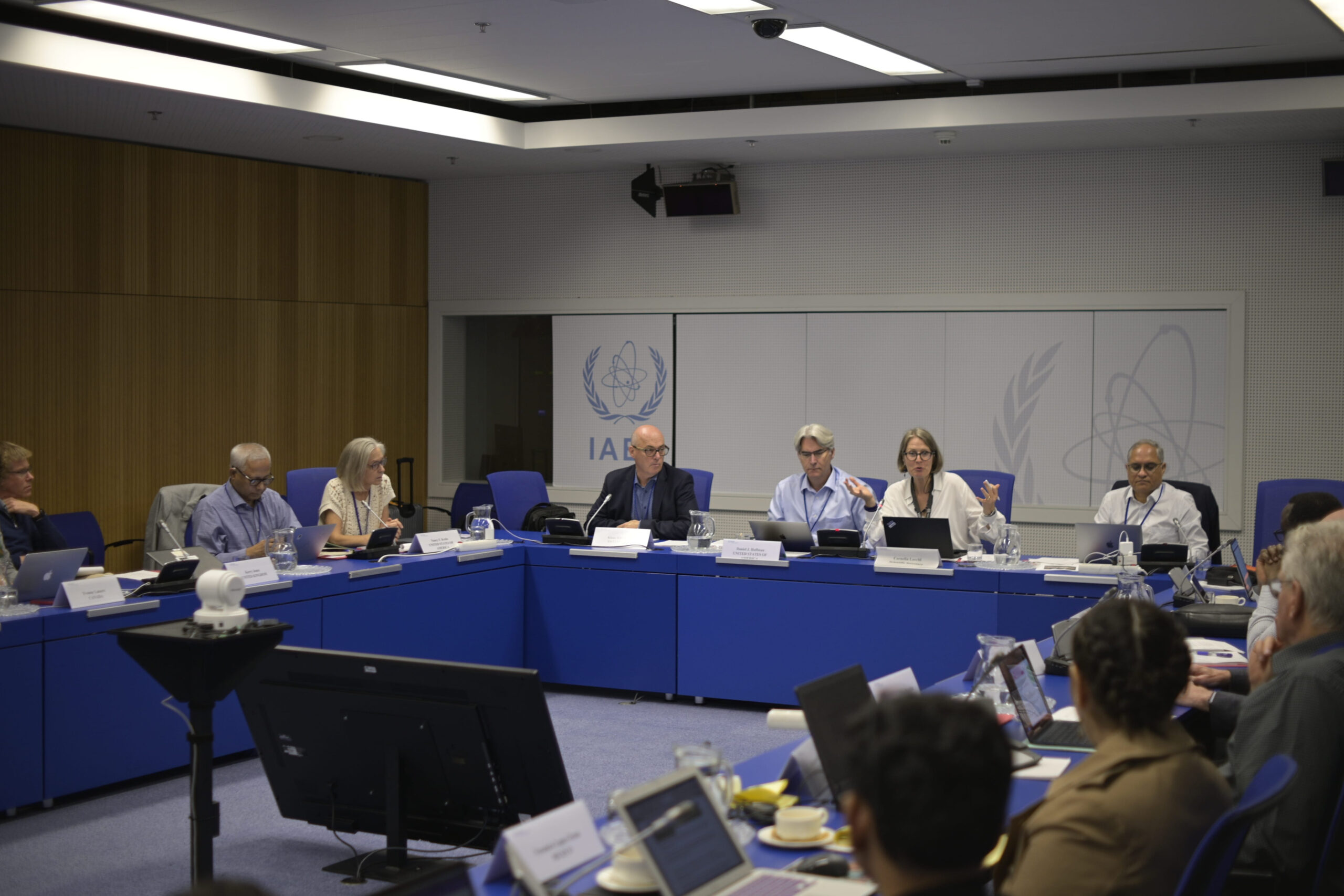
In proclaiming 2016 to 2025 the Decade of Action on Nutrition, the United Nations General Assembly underlined the need to prevent malnutrition, reverse rising trends in overweight and obesity and reduce the burden of diet-related noncommunicable diseases. While the world has seen progress since 2016, much more remains to be done to address the different burdens of malnutrition.
To fully remedy the multifaceted challenges of malnutrition, the world needs effective, evidence-based strategies; improved programme evaluation tools; and more accurate data. Nuclear techniques can address this gap by generating data that can inform impactful interventions. An IAEA Technical Meeting held in Vienna from 10 to 13 October 2023 discussed the use of these techniques for tackling the nutritional challenges of the 21st century. More than 40 nutrition experts and specialists from across the globe reviewed potential new methods and areas of application, identified research gaps and provided the IAEA with concrete recommendations on how it can better assist countries to improve nutrition through the use of nuclear techniques.
“The meeting defined a roadmap of research priorities and directions for the future. Above all, it paved the way for new collaborative opportunities – both with the IAEA and beyond,” said Cornelia Loechl, Head of the IAEA Nutritional and Health-related Environmental Studies Section.
For years, the IAEA has supported the development and advancement of stable isotope and nuclear techniques for nutrition assessments. These methods enhance precision and accuracy for a diverse range of applications – from measuring the availability of nutrients from foods to evaluating diet quality, to tracking metabolism and even investigating the links between cancer and nutrition. Through coordinated research activities and technical cooperation projects, the IAEA equips countries with the tools and techniques needed to understand nutritional problems, evaluate nutrition interventions and formulate impactful policies.
Those same tools and techniques can be harnessed to better comprehend causes and prevention of disease, especially as food systems shift and as the climate changes, the experts stressed. Nuclear techniques can be used to measure both bodily functions and the efficacy of nutrition interventions. In the clinical context, such techniques can enrich nutrition assessments as a critical component of patient care; validate bedside methods for understanding a patient’s nutritional status; and even expand the use of imaging as a diagnostic tool for body composition and bone health.
Moving forward, meeting participants recommended that the IAEA should help countries determine the nutrient requirements of different age groups and diverse populations. They also recommended that researchers utilize nuclear techniques to collect much-needed data on the movement of nutrients throughout the body to better understand malnutrition and study the nutrient preferences of microbes in the gut, which would aid in identifying targeted nutritional interventions. These techniques can also shed light on the absorption and digestibility of vitamins, minerals and proteins within whole diets and from alternative food sources. Uncovering the connection between disease risk and food intake at the metabolic level can advance innovative methods for diagnostic and preventive care through nutrition. New technologies, such as omics, modelling and artificial intelligence, can help in that regard. Nuclear techniques also present valuable tools to advance the public health precision nutrition agenda.
Programme stakeholders shared their views on how nuclear techniques can better inform programming through information, for example, on the quality of child growth, the absorption of micronutrients from fortified foods and people’s adherence to interventions. They underlined the need to simplify nuclear techniques in nutrition or use them to validate simpler techniques. Capacity building – a cross-cutting concern and need – must also be strengthened. The IAEA can help by establishing mentorship programmes, training courses and regional centres of excellence, experts suggested.
“The future depends on a robust nutrition workforce. We need to start by providing current and aspiring nutrition specialists with the skills, tools and training they need,” emphasized Germana Leyna, Managing Director of the Tanzania Food and Nutrition Centre. “Nuclear techniques must be an essential part of this process.”
